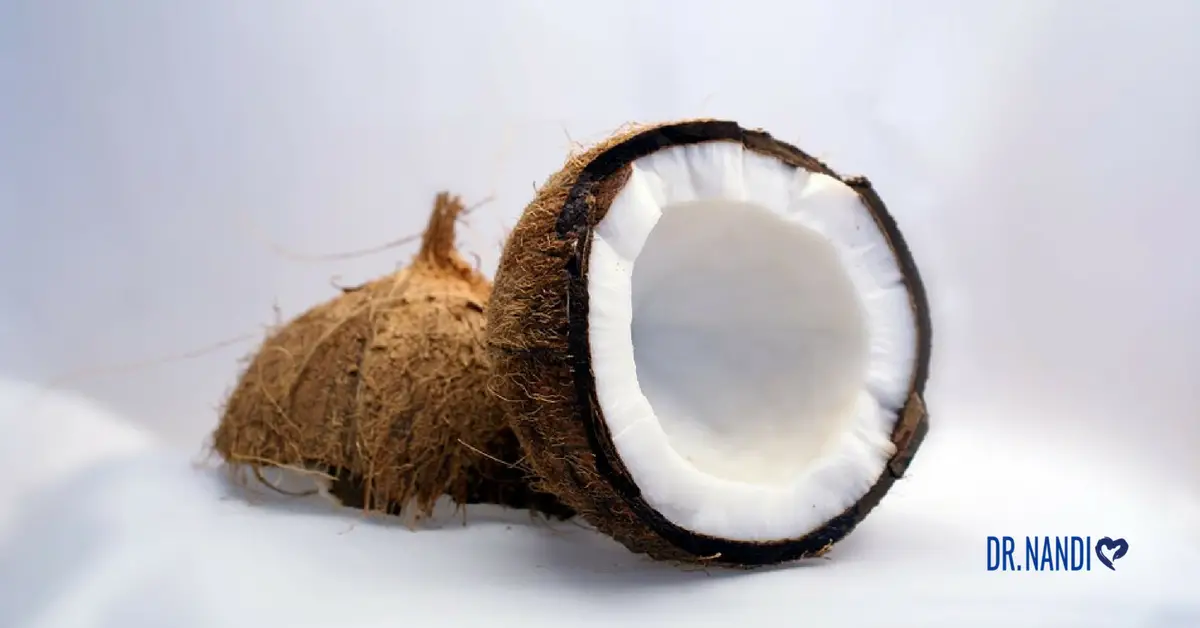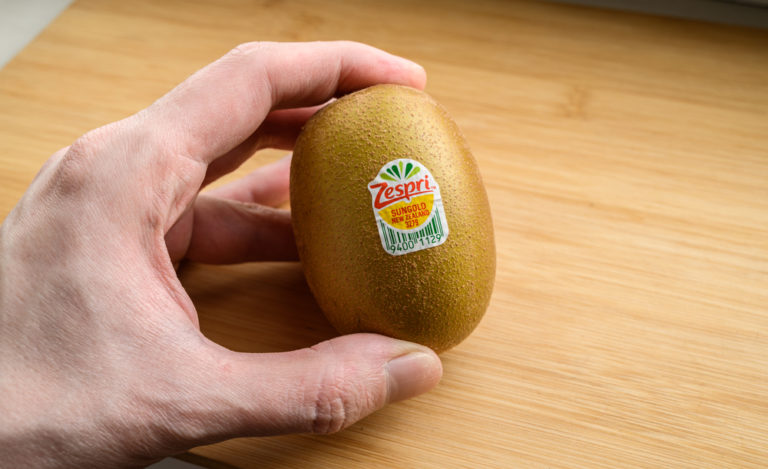Maybe you love soy sauce. Maybe you eat it with breakfast, lunch, and dinner. While most things are okay in moderation, too much soy sauce is not good for your body.
What’s Wrong with Soy Sauce?
Soy sauce is made from the paste of fermented soybeans, salt, and water, and sometimes it contains roasted grains, especially the American versions of this Asian condiment. Although soy sauce does have its health benefits, including digestive aids, it’s a food that should be limited. Soy sauce is high in sodium, with around 1,000 mg per serving, half the recommended daily allowance. High sodium foods increase blood pressure and can aggravate other health conditions. MSG naturally occurs when making soy sauce, and because it’s not an added ingredient to the sauce when it’s made, MSG doesn’t make its way to the ingredients list. And since soy is a common food allergy, and soy sauce often contains wheat, it should be avoided by those with soy or gluten allergies. Soy sauce can also mess with your hormones, as it contains phytoestrogens, which can mimic estrogen in the body.
Coconut Aminos As a Substitute
Coconut aminos or liquid aminos are made from fermented raw coconut sap and natural sea salt, making them a clean alternative to soy sauce. It can be used in dressings, sauces, and marinades and has a rich, salty flavor with a slightly sweet aftertaste. It doesn’t taste exactly like soy sauce, but it makes a great substitute that’s gluten and soy-free, low in sodium, and heavy in health benefits for most dishes. Coconut amino sauce has 17 different amino acids, the building blocks of protein, and vitamins B and C. They aid in heart and digestive health and may even offer benefits for mood stabilization. Coconut aminos are minimally processed, and unless you have a coconut allergy, it doesn’t have any adverse health effects.
Coconut Aminos Nutrition Facts
Coconut aminos are a vegan alternative to soy sauce with 17 naturally occurring amino acids, are nearly pH-neutral, has a low glycemic index of 35, and are high in broad-spectrum B vitamins, including inositol.
Furthermore, it has 300 percent less sodium than the most widely available traditional soy sauce! One teaspoon of coconut aminos, according to the brand, contains approximately:
- 5 calories
- 1 gram carbohydrates
- 0 grams fat
- 90 milligrams sodium (4 percent DV)
Compare the 90 mg of sodium in this liquid aminos to that of a typical soy sauce containing around 300 mg. Although it is derived from coconut sap, coconut aminos have a much more similar flavor profile to normal soy sauce than popular fruit. It makes it simple to replace a deep dark soy sauce with a healthier choice.

Coconut Aminos vs. Soy Sauce
The flavor of coconut aminos and soy sauce is comparable. Soy sauce has a more robust flavor, but coconut aminos provide the same salty and savory taste with a milder, sweeter flavor.
Aside from that, the two condiments do not impact your health similarly. Here’s a comparison of their distinctions:
Coconut Aminos
- It’s made of only two items: coconut tree sap and sea salt.
- A teaspoon of salt has about 90 milligrams of sodium, which is around a third of what’s in soy sauce.
- Aside from the minimal risk of coconut allergy, it poses no health risks or adverse effects. Because of its nutrient content, it benefits your health in several ways.
Soy Sauce
- It’s the most prevalent phytoestrogen in the Western diet, which has natural estrogen characteristics and is linked with cancer, illness, and fertility problems.
- In the United States, soy is one of the most widely grown GM crops. It’s been modified over 90 percent of the time.
- It’s usually packed with gluten, which most people are unaware of.
- “Acid hydrolyzation” is a synthetic fermentation technique used in U.S. soy sauce production to extend its shelf life.
- Sodium glutamate is a food additive that can cause dramatic hormone changes, brain damage, learning difficulties, and even retinal damage.
- It’s high in salt, with around 300 milligrams per teaspoon.
- It’s also worth noting that coconut aminos aren’t the only soy sauce substitute. You might also try tamari, an (almost) gluten-free type of soy sauce produced by traditional fermentation techniques.

Healthy Meal Plans Using Coconut Aminos
Here are some healthy meal plans to help you add more organic coconut aminos to your diet.
Paleo Chicken Pad Thai
This dish is a healthier version of the popular takeout meal, perfect for a busy weeknight.
This recipe cooks chicken in a flavorful sauce made with coconut aminos, ginger, garlic, and lime juice. The “noodles” are spiralized vegetables like zucchini or squash. Top it off with cilantro, peanuts, and a lime wedge, and you’ve got a delicious and nutritious meal.
Coconut Amino Teriyaki Salmon
You can make this easy recipe in 15 minutes! The salmon is cooked in a teriyaki sauce with coconut aminos, honey, ginger, and garlic. For a complete meal, serve it with rice and steamed vegetables.
Coconut Amino Stir-Fry
This stir-fry is full of fresh vegetables cooked in a delicious sauce made with coconut aminos, rice vinegar, honey, and sesame oil. For a filling meal, serve it over rice or quinoa.
If you love soy but want to clean up your diet, be your health hero and grab coconut aminos instead. Your body and brain will thank you.
Partha’s Rx
- Limit intake of high-sodium foods.
- Consume foods as close to their natural state as possible.
- Eat foods rich in amino acids and vitamins.
- For those with stomach issues, avoid foods containing soy and gluten.
- Find healthy substitutes for the unhealthy foods you crave.
- Add Core Essential Supplements to give the nutritional foundation to ensure you are optimizing your health





















